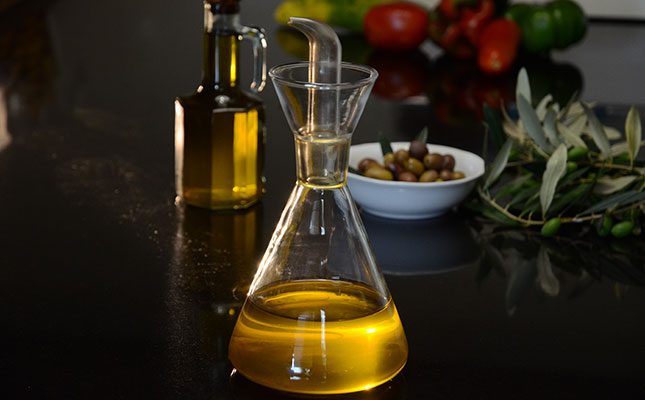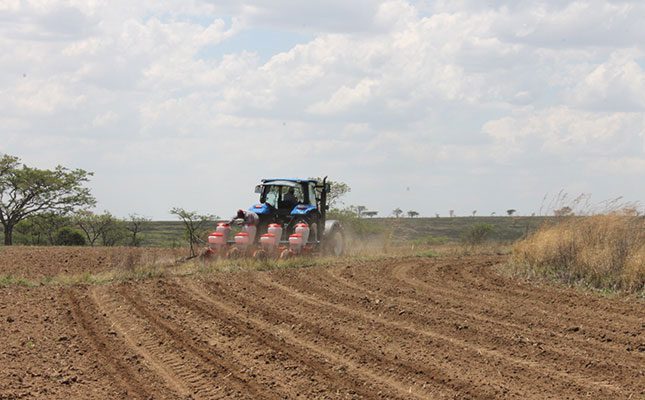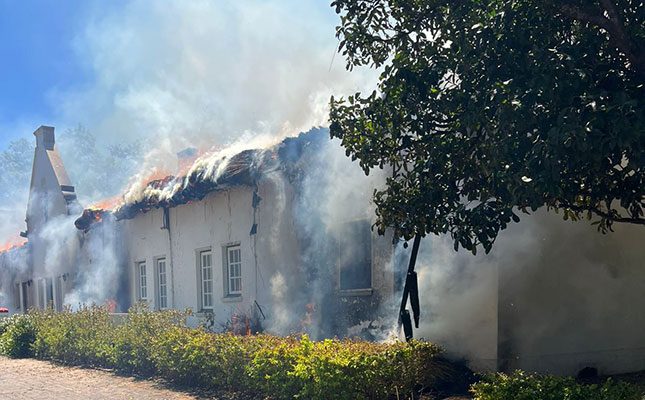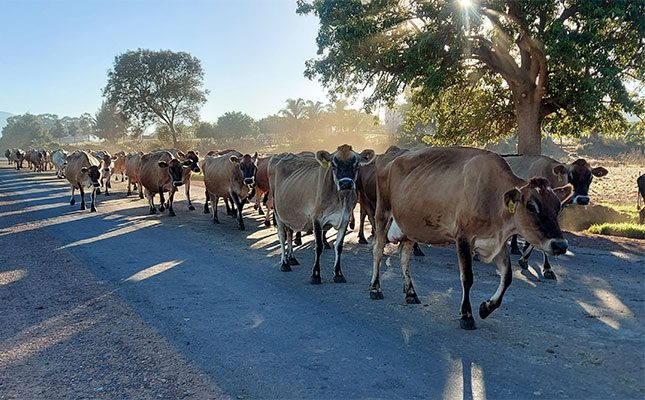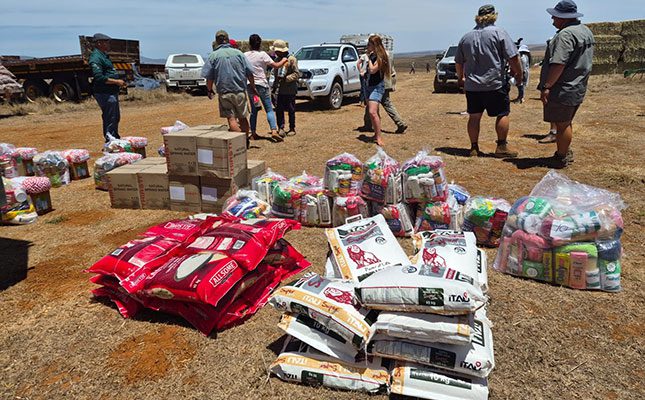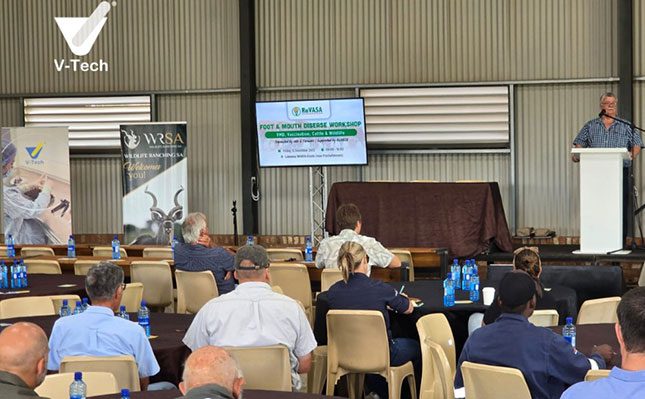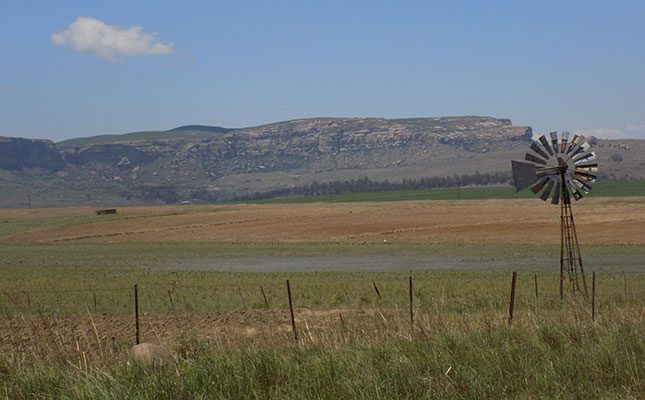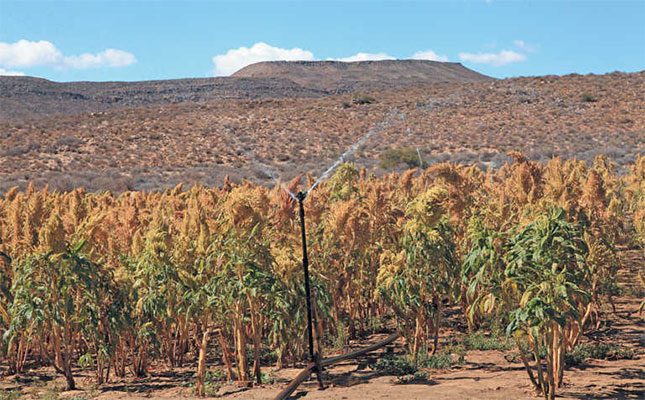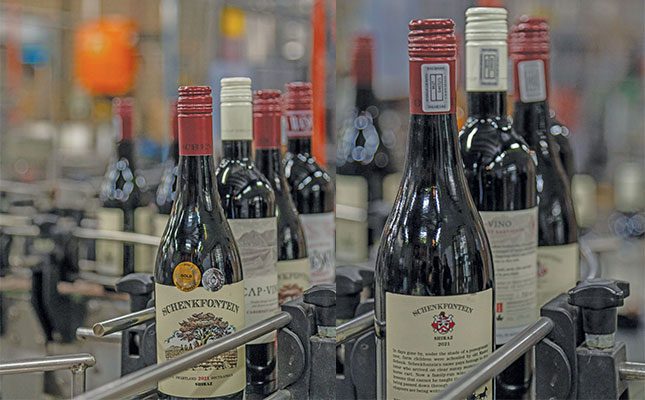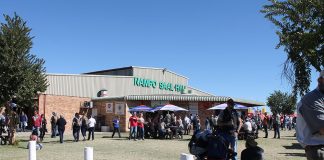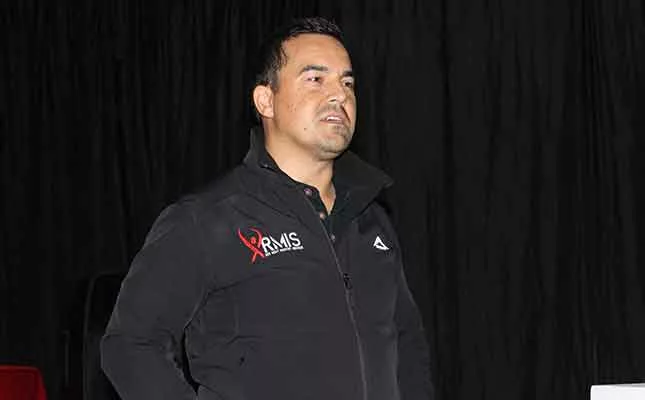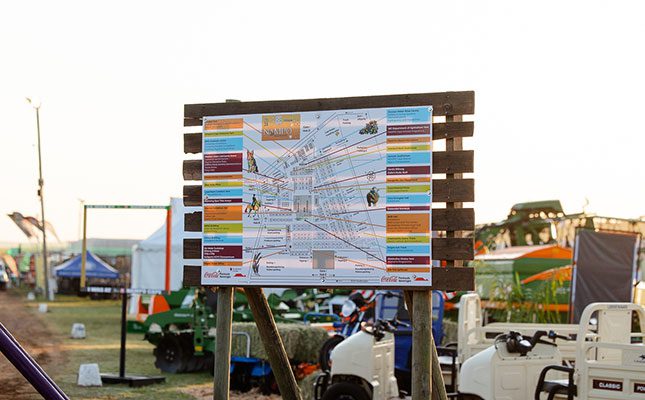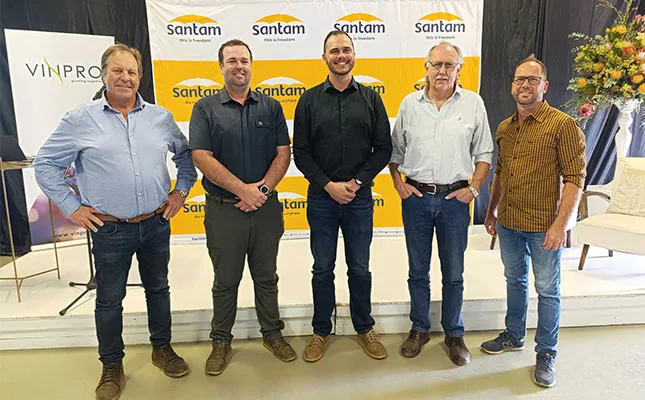
Photo: Glenneis Kriel
Speaking at the opening of the event, Vinpro Chairperson Anton Smuts stressed that agriculture’s future depended on collaboration and innovation: “To survive, we need innovative thinking, people who can adapt to changing climate and market conditions, and ways to improve on what we already have.”
He added that farmers’ attitudes and efforts would ultimately shape the industry’s success: “You can decide whether you want to keep moaning and asking for support from […] government or stand up and do something about your lot.”
While he encouraged farmers to explore new solutions, he warned against rushing into untested ideas. “What works on another farm or in another country might not suit your conditions.”
Fire preparedness and insurance
Andries Wiese, national business development manager at Hollard, shared guidance on fire preparedness and insurance claims. He said claim payouts were dependent on compliance with the National Veld and Forest Fire Act (No. 101 of 1998).
Although joining a fire protection association was voluntary, he added that farmers who chose not to needed to strictly follow all legal requirements and accept full responsibility for fires on their land.
Wiese encouraged producers to familiarise themselves with their cover and added services. For instance, insurers in the Western Cape offered one free hour of helicopter firefighting to help stop fires from spreading.
“This free hour can prevent damage and buy time to make informed decisions,” he explained.
Wiese advised farmers to secure permits and follow regulations when burning firebreaks: “In the Free State, for example, there are only about 21 days a year when conditions are safe enough [to burn firebreaks]. Mechanical or chemical methods may be safer alternatives [for making firebreaks].”
He also recommended using skilled teams to burn firebreaks to improve safety and efficiency.
Cattle close the soil health loop
David van Schalkwyk, farm manager and viticulturist at Waterford Wine Estate, shared lessons from integrating cattle into the estate’s farming system.
“Soil improvement and regeneration had always been a priority for us, but in 2022, we decided to complete the circle by introducing Dexter cattle,” he explained.
Dexters were chosen because they are small, easy to manage, and less intimidating for staff who had previously only worked in orchards and vineyards. The breed’s compact size also makes it easier for them to navigate between vine rows.
The farm started with six cattle at a cost of R40 000, investing in electric fencing (R2 000), a water trough (R3 000), sheep gates (R2 500), and a neck clamp for handling (R15 000). Annual vet costs amount to about R3 500 to R4 000, covering pregnancy tests and vaccinations.
“Integrating cattle didn’t break the bank, and after just three seasons, we’ve already seen significant improvements in soil life, changes I only expected in 10 or 20 years,” he said.
Van Schalkwyk closed his talk with a quote from internationally renowned soil health advocate Ray Archuleta: “Soil without biology is just dust. Animals bring the biology.”
Mechanisation is a smarter investment
Robertson farmer JC Erasmus of JCW Boerdery shared insights into the Era trellising system.
Following devastating losses to frost about 20 years ago, viticulturist Briaan Stipp suggested switching from vertical shoot positioning to a mechanical double-cordon system. To evaluate its potential, JC’s father, Hannes, and Stipp visited Australian farms that were successfully using the system.
Inspired, Hannes introduced and later adapted it into what is now called the Era system.
Key changes included removing the lower cordon and switching from 2,1m to 1,8m Class 3 poles. A hole drilled 7cm from the top holds a cordon wire to support vines, while a foliage wire attached to the top protects shoots from wind damage. Vines are planted 1,4m apart, with inter-row spacing of 2,8 m to maximise growth potential.
The system has proven highly effective in frost recovery. “In September 2018, frost destroyed 100% of our Colombar vineyard. After cutting back damaged material, the vines reshot and delivered 41t/ha. Our Pinotage, where half the vineyard suffered 100% damage, produced 39 t/ha,” JC explained.
JC cautioned that the system only succeeded if implemented correctly: straight trunks and strong root systems were vital to support heavy yields. Vines must not be planted too close together to avoid competition. Mechanical pruning began in year five, shaping vines into a compact box to avoid yield losses of up to 1,5 years. Pruning speed should stay between 1,2km/h and 1,4km/h.
Additionally, the vines needed optimal nutrition and irrigation. “If you want a vineyard to carry high yields like peach trees, you need to feed and irrigate it as you would to get high yields from peach trees,” JC concluded.

